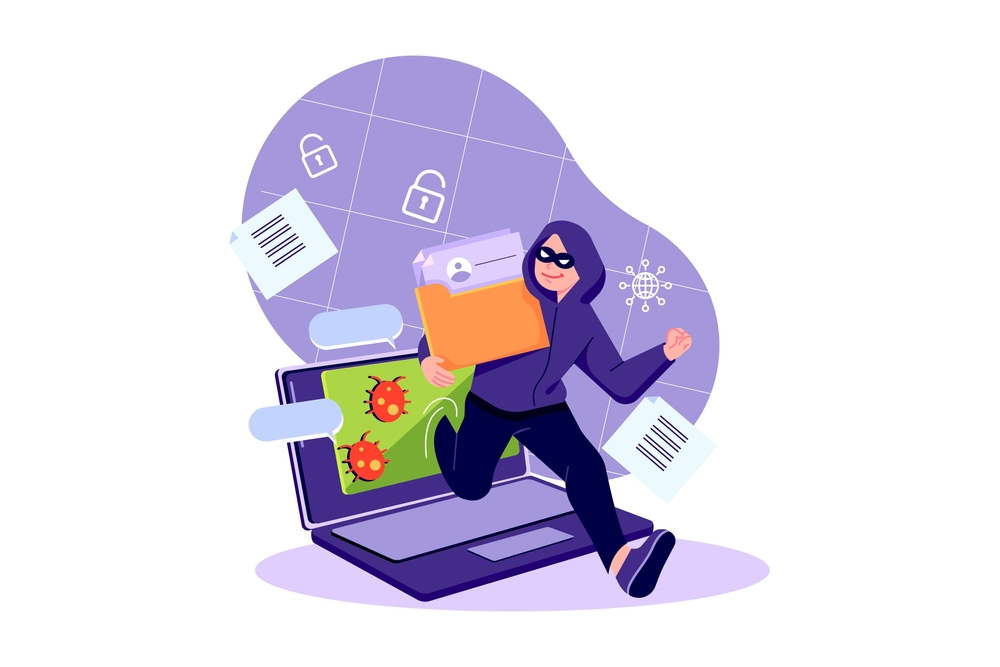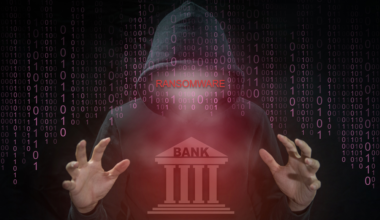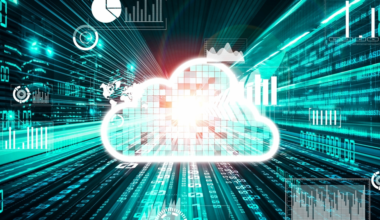Introduction – Access Software
In today’s interconnected world, remote access software plays a vital role in enabling remote work and providing remote technical support. However, as remote access capabilities are used by businesses oftener, it’s critical to be aware of the cybersecurity hazards involved. This blog explores the potential threats posed by remote access software and provides actionable solutions to mitigate them.
Understanding Remote Access Software
Users can remotely access and manage a computer or network using remote access software, generally over the Internet. It enables employees to work from anywhere and facilitates efficient IT support by allowing technicians to remotely troubleshoot issues on users’ devices. Although these technologies are practical and adaptable, they also bring security flaws that cyber criminals might take advantage of to exploit.
Cybersecurity Risks Associated with Remote Access Software

- Unauthorized Access: If remote access software lacks proper security, hackers may use weaknesses to obtain access to confidential systems and data. Serious expenses and damage could result from hacking.
- Weak Authentication: Weak or easily guessable passwords, lack of multi-factor authentication, and inadequate access controls can leave remote access software vulnerable to brute-force attacks or password-guessing techniques. Once inside, an attacker can travel around the network, increase their level of access, and cause damage.
- Malware Distribution: If remote access software is compromised, cybercriminals can use it as a conduit to distribute malware throughout the network. They may take advantage of security loopholes or manipulate legitimate remote access sessions to inject malicious code.
- Insider Threats: Remote access software can also pose a risk when employees with legitimate access credentials misuse their privileges or fall victim to social engineering attacks. Malicious insiders can abuse their remote access privileges to steal data, introduce malware, or cause other malicious activities.
- Lack of Visibility and Control: In some cases, organizations may lack visibility and control over remote access sessions. This makes it challenging to detect and respond to potential security incidents, increasing the risk of prolonged unauthorized access.
Solutions to Enhance Remote Access Software Security
- Strong Authentication: Implement strong passwords or passphrases for remote access accounts, and encourage the use of multi-factor authentication (MFA). By requesting multiple pieces of identification proof from users to prove their identity, MFA offers an additional layer of protection.
- Regular Updates and Patching: Keep remote access software and associated systems up to date with the latest security patches. This helps address known vulnerabilities and reduces the risk of exploitation.
- Secure Configuration: Configure remote access software with secure settings, such as disabling default or unnecessary accounts, limiting privileges, and implementing session time-outs. Regularly review and update these configurations as needed.
- Network Segmentation: Segment your network to limit the reach of remote access connections. By isolating critical systems and sensitive data, you can reduce the impact of a potential breach.
- Monitoring and Logging: Implement robust monitoring and logging mechanisms to track remote access activities. This enables you to detect suspicious behavior, unusual login attempts, or unauthorized access and respond promptly.
- Endpoint Security: Strengthen endpoint security by deploying reliable antivirus and anti-malware solutions, conducting regular vulnerability scans, and educating employees about phishing and other social engineering techniques.
- Employee Awareness and Training: Educate employees about best practices for remote access security. Offer regular training sessions to raise awareness about phishing attacks, password hygiene, and safe remote access practices.
- Privileged Access Management (PAM): Implement a PAM solution to control and monitor privileged access to remote systems. This helps minimize the risk of insider threats and provides centralized control over remote access privileges.
Conclusion
Remote access software offers tremendous benefits in terms of flexibility and productivity, but it also introduces significant cybersecurity risks. By understanding these risks and implementing robust security measures, organizations can minimize the chances of unauthorized access, data breaches, and malware distribution. Regular security assessments, employee training, and staying up to date with the latest security practices are crucial to ensuring a secure remote access environment. By prioritizing cybersecurity, businesses can confidently embrace the advantages of remote access software while protecting their sensitive data and systems.







